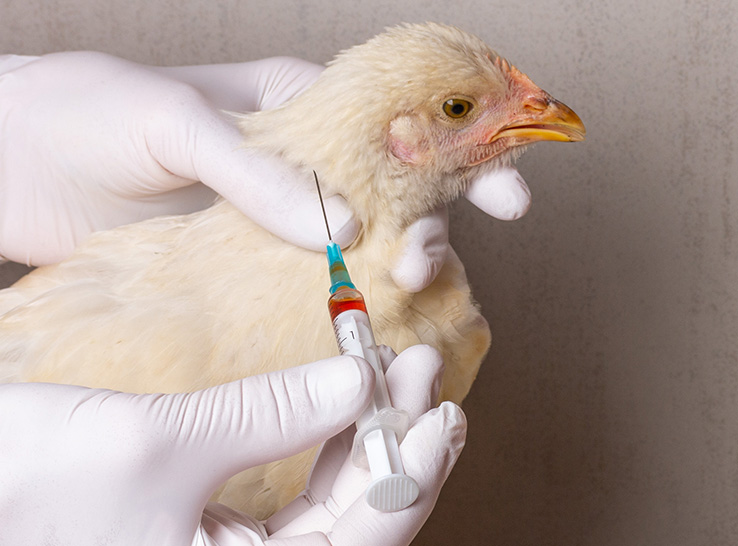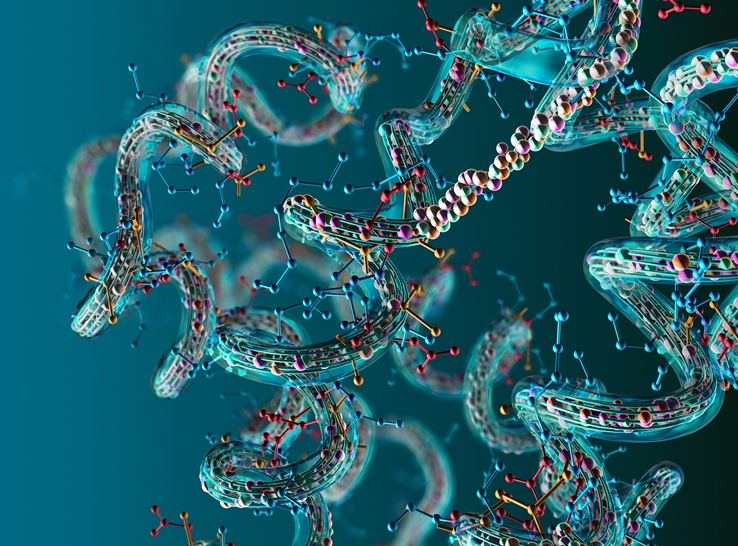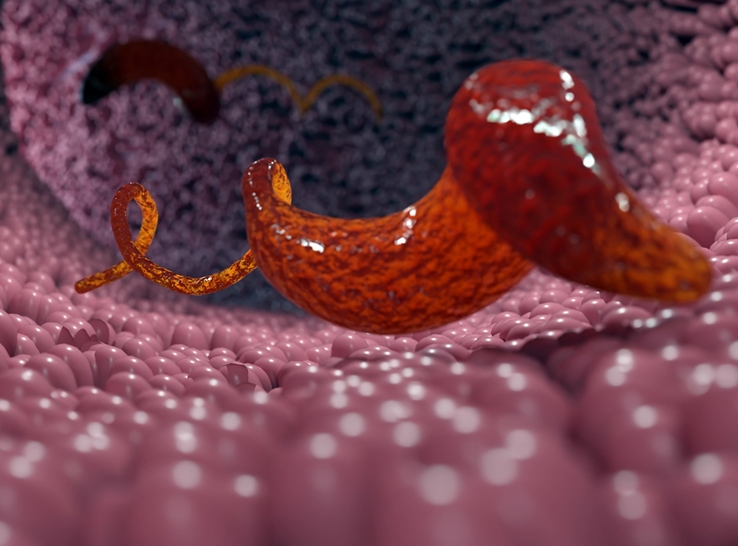Updated research supported by the US Poultry & Egg Association quantifying the US poultry industry’s on-farm antibiotic use shows further improvements in antibiotic stewardship and commitment to disease prevention within poultry production.
As part of its commitment to the transparency and sustainability of a safe food supply, the poultry industry aims to strike a balance between the responsible use of antibiotics “medically important” to human health and keeping poultry flocks healthy, the association says.
“USPOULTRY’s board of directors has supported this research for more than a decade, and it emphasizes the continued focus on the judicious use of antibiotics in the poultry industry. We are thankful for the long-term involvement of so many members in this study,” remarked Nath Morris, president of the US Poultry & Egg Association.
Under the research direction of Randall Singer, DVM, PhD, of Mindwalk Consulting Group, LLC, and the University of Minnesota, this report represents a 10-year set of data collected from 2013 to 2022 for US broiler chickens and turkeys and represents a 7-year set of data collected from 2016 to 2022 for layers. A prior report, covering 2013-2021, was released in December 2022. In addition, three peer-reviewed manuscripts were published by Singer in 2023 covering the data collected from broiler chickens, turkeys and layers.
Improvements in all sectors
Given several key differences among broiler chickens, turkeys and layers – namely differences in weight, life span, susceptibility to lifetime illness, the number of effective medical treatments available, etc. – these data should neither be combined nor compared between types of poultry.
Key changes among broiler chickens over the 2013-2022 period:
- Broiler chickens receiving antibiotics in the hatchery decreased from 90% (2013) to less than 1% (2022)
- Medically important in-feed antibiotic use in broiler chickens decreased substantially; there was no reported in-feed tetracycline use in 2020 through 2022, and virginiamycin use decreased about 97% over the 10-year period
- Medically important water-soluble antibiotic use in broiler chickens decreased substantially from 2013-2017 and has increased slightly from 2017-2022. Increases were typically due to increased disease incidence, as seen in other countries as well, during the 2019-2022 period:
- Penicillin use decreased by 64% from 2013-2019 but has increased 22% from 2019-2022 due to increases in gangrenous dermatitis incidence; overall, penicillin use decreased 53% from 2013-2022
- Lincomycin use decreased by 66% from 2013-2020 but has increased 28% from 2020-2022 due to increases in gangrenous dermatitis incidence; overall, lincomycin use decreased 53% from 2013-2022
- Tetracycline use decreased by 87% since 2013
- Sulfonamide use decreased by 96% since 2013
Key changes among turkeys over the 2013-2022 period:
- Turkeys receiving antibiotics in the hatchery decreased from 97% (2013) to approximately 38% (2022)
- Hatchery gentamicin use decreased almost 50% from 2013 to 2022
- Medically important in-feed antibiotic use in turkeys decreased substantially; in-feed tetracycline use decreased more than 75% over the 10-year period
- Medically important water-soluble antibiotic use in turkeys decreased substantially from 2013-2019 and then stabilized or increased slightly from 2019-2022. Increases were typically due to increased disease incidence, as seen in other countries as well, during the 2019-2022 period:
- Penicillin use decreased by 44% since 2013
- Lincomycin use decreased by 58% from 2013 to 2020 but then increased from 2020-2022 due to increases in gangrenous dermatitis incidence and a shortage of penicillin
- Neomycin use decreased by 54% since 2013
- Tetracycline use decreased 21% overall from 2013-2022, but there was an increase from 2019-2022, largely due to increases in colibacillosis
Key findings among layer chickens over the 2016-2022 period:
- Layer chickens (hens) typically begin laying eggs around 20 weeks of age and end when the layer hen is around 80 to 100 weeks of age.
- Table-egg production is similar to milk production, where the product for human consumption is produced on a daily basis. Most antibiotics that could be administered to layer hens have withdrawal periods that would prevent all eggs produced during this period from entering the food supply. This is one reason why little antibiotic is used in table egg production in the U.S.
- All chicks in the dataset received gentamicin in the hatchery (day 1 of age).
- In the US, the majority of chicks purchased by egg companies are sourced from hatcheries that are owned and operated by genetics companies.
- The only medically important antibiotic used in layer hens for treatment and control of disease in this dataset was chlortetracycline (CTC), used in part because it has a zero-day withdrawal, meaning that there is no loss of eggs during the treatment period.
- CTC was only administered via the feed in pullets (day 2 through 16 to 18 weeks of age) and layer hens
- The majority (>95%) of CTC was used in the layer hens for treatment of disease
- Less than 0.2% of total hen-days were exposed to CTC
Annual data collection
US Poultry & Egg Association will continue to support Singer in the annual collection of data from the broiler chicken, turkey and layer industries. These efforts will assist the poultry industry as it aims to improve antibiotic stewardship and will also document the burden of flock illness and reasons for on-farm, medically important antibiotic usage.
This project is funded with multiple annual grants from US Poultry & Egg Association. The project was also partly supported from 2016 to 2023 under a cooperative agreement with the U.S. Food and Drug Administration (U01FD005878).
Details of the study can be found at https://mindwalkconsultinggroup.com/. The updated infographic report can be viewed here.
Editor’s note: Content on Modern Poultry’s Industry Insights pages is provided and/or commissioned by our sponsors, who assume full responsibility for its accuracy and compliance.








